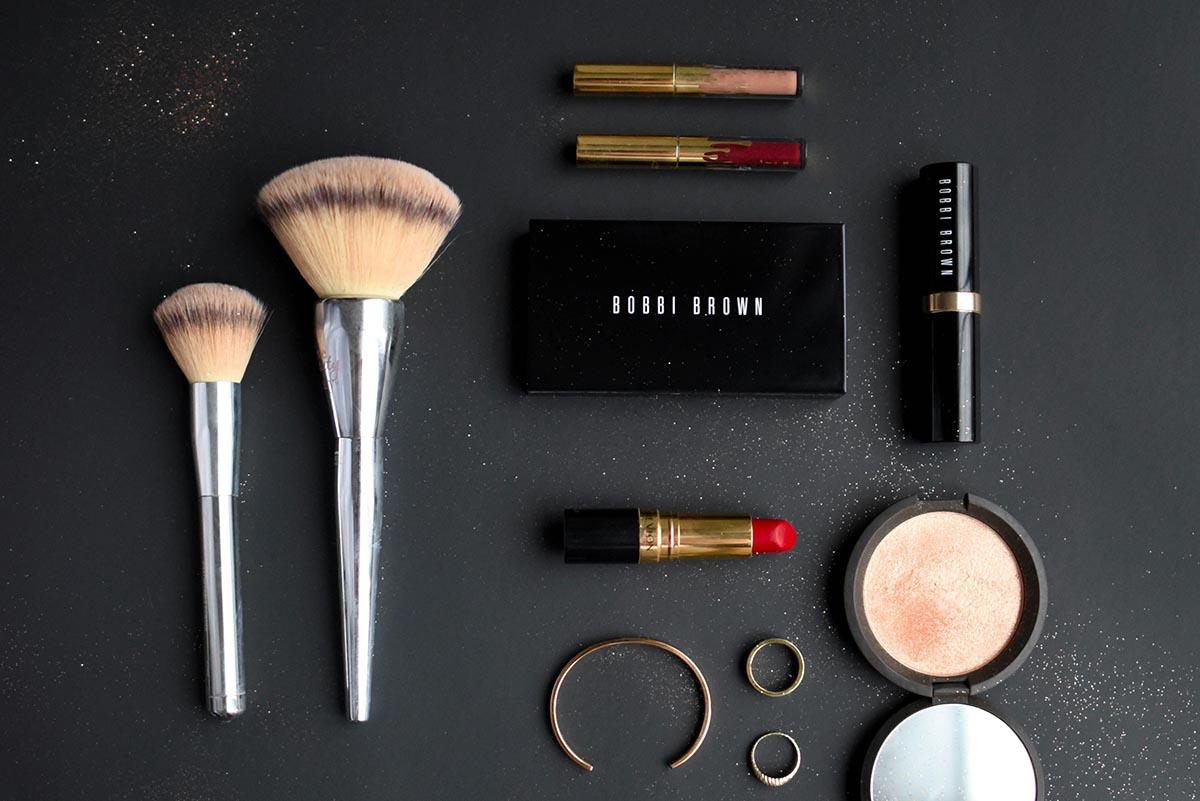Nails, Hair, Hips, Heels—and Harm Reduction
How the Butler Institute for Families is helping a first-of-its kind behavioral healthcare program for drag performers.

The Butler Institute for Families, a part of the University of Denver’s Graduate School of Social Work, is a lifeline for many Colorado organizations working to improve outcomes for community members, and its latest project—an innovative harm reduction program—passes the vibe check.
It’s called Bee the Vibe. A part of Mile High Behavioral Healthcare, the program aims to promote and offer safer solutions to sexual health, wellness and harm reduction through free programming, resources and testing. It launched in 2022 through a Substance Abuse Mental Health Services Administration grant (SAMHSA),
While MHBHC has clinical expertise, they don’t always have the capacity to conduct comprehensive evaluations of their programs.
That’s where Meredith Silverstein, senior research associate at the Butler Institute, and her team step in. They can provide a broad range of services including evaluation, research and program support.
“What we offer is a different way to look at the data,” Silverstein says. “We’re able to bring that longitudinal perspective as well as support in understanding and applying what we’re learning from the data.”
Since the programs at MHBHC are pushing the conventions of public health, there’s very little research available, making the Butler team’s support invaluable.
“They’re a team of really bad ass people,” says program manager Zack Jenio. “I love working with the Butler team because they not only help bring in evidence from literature and the academic conversation but also help conduct research within our priority populations and local community to make informed decisions.”
For Bee the Vibe’s latest project, the Butler Institute developed training materials for a first- of-its-kind harm reduction education program for drag performers. Drag performances, which were first documented in the late 19th century, are seen as a form of art and a platform for activism.
Jenio’s drag persona, Dr. Zackarina, exemplifies the powerful combination of drag and harm reduction education. When Dr. Zackarina puts on her wig and sashays onto center stage, people listen. Jenio calls it wig privilege.
“You have this platform. You have people’s attention. What do you do with it?” he says. “Drag is an effective tool. It’s fun, glamorous, campy and engaging. Fun is an incentive to get people engaged with different programming.”
The program is designed to educate drag artists in harm reduction principles and encourage them to integrate the messages into their performances. From explaining how to use Narcan—the drug overdose reversal drug—to explaining safer sex practices, trained artists will be able to empower other community members. And so far, it’s working. Butler’s diligence and care on the project has contributed to the promising results in pre-and post-knowledge tests.
“I’m grateful for everything that they’ve done,” Jenio says. “Their cultural competency with queer communities is very important. They’ve just always been allies with a capital A, in a way that’s informed, compassionate.”
With the Butler Institute working to evaluate the program, Jenio and his team have more time to be out in the community. So far, Bee the Vibe has served hundreds of people through appointments, sexual health testing, in-person training, events and social media.
“Our community partners are out there saving lives every day,” Silverstein says. “Supporting what they do is what drives us.”







